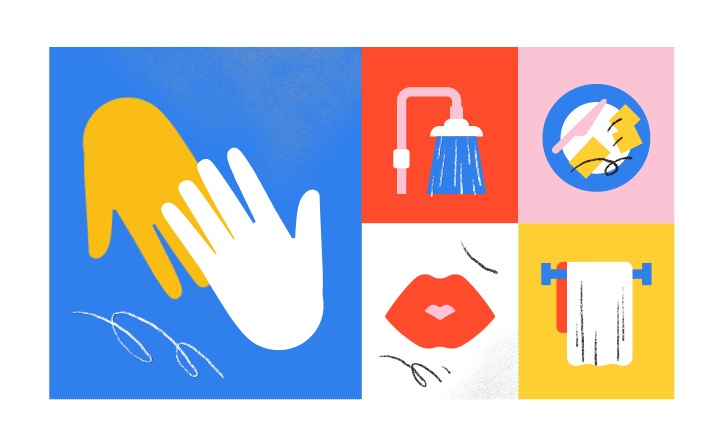

Could I be in the risk group?

The HIV infection will afflict anyone, irrespective of their position in society, sexual orientation or occupation
Over the last two decades, HIV infection has stopped being an issue for minority groups alone.

The main infection pathway: unprotected sex
In order to infect a person, a sufficient quantity of HIV must come into contact with mucus. This sufficient quantity of the virus is contained in blood, sperm, pre-ejaculatory fluid, vaginal lubricants and breast milk.

HIV cannot be transmitted through the air, through kissing, through touch, cutlery and crockery, the shower, the toilet or other domestic items.
You can kiss in a bar without any concerns, but when it gets to sex — use protection!

Know your HIV status in order to be safe
Even the most informed people, from time to time, have unprotected sex — they don’t have any form of protection to hand, their partner asked them to, the condom breaks or for some other reason.
Testing should be done by all at least once a year. That can form a habit, remove fear of the test, and give you some form of insurance if you were at risk but didn’t notice.
If you’ve had sex even once without a condom, you should get tested.






